Patterns and Symmetry - 2 Class 4 Worksheet Maths
Q1: Is the dotted line on each shape a line of symmetry? Write yes or no.
(i)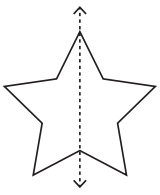 Ans: Yes
Ans: Yes
(ii)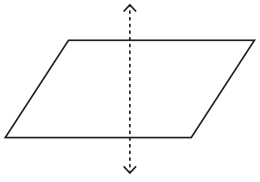 Ans: No
Ans: No
(iii)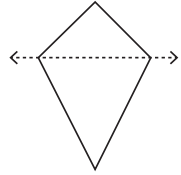 Ans: No
Ans: No
(iv)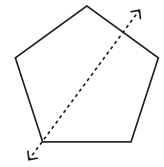 Ans: Yes
Ans: Yes
(v)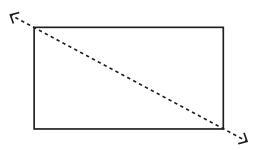 Ans: No
Ans: No
(vi)
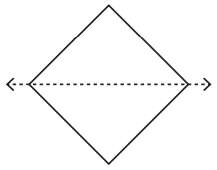 Ans: Yes
Ans: Yes
(vii)
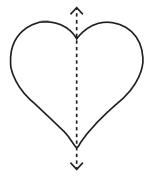 Ans: Yes
Ans: Yes
(viii)
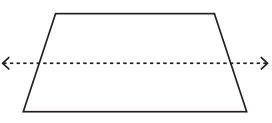 Ans: No
Ans: No
Q2: Multiple Choice Questions (MCQ)
(i) Complete the pattern: 12, 24, 48, 96, ___, ___
(a) 192, 384
(b) 192, 382
(c) 182, 364
(d) 190, 380
Ans: (a)
The pattern involves doubling the previous number to obtain the next number. Starting with 12, each subsequent number is double the previous one: 12, 24, 48, 96. Similarly, 192 is double 96, and 384 is double 192. The provided correct answer is 192, 384, as it follows this doubling pattern.
(ii) Complete the pattern: 3, 30, 300, ___, ___
(a) 300, 3000
(b) 30000, 3000
(c) 3000, 30000
(d) 3000, 3000
Ans: (c)
The pattern involves multiplying the previous number by 10 to obtain the next number. Starting with 3, each subsequent number is obtained by multiplying the previous one by 10: 3, 30, 300. Similarly, 3000 is obtained by multiplying 300 by 10, and 30000 is obtained by multiplying 3000 by 10. The correct answer is 3000, 30000, as it follows this multiplication pattern.
(iii) Write down next three terms for 8, 13, 18, 23, ______, _______, ________
(a) 27, 32, 37
(b) 28, 31, 36
(c) 28, 33, 38
(d) 28, 32, 37
Ans: (c)
The pattern involves adding 5 to the previous term to obtain the next term. Starting with 8, each subsequent term is obtained by adding 5: 8, 13, 18, 23. Following this pattern, the next three terms would be 23 + 5 = 28, 28 + 5 = 33, and 33 + 5 = 38. Therefore, the correct answer is 28, 33, 38.
(iv) Write the number pattern next three terms 4, 8, 16, 32 ____, ____, ____.
(a) 62, 128, 254
(b) 60, 85, 90
(c) 64, 128, 256
(d) 60, 70, 120
Ans: (c)
The pattern involves doubling the previous number to obtain the next number. Starting with 4, each subsequent number is obtained by doubling the previous one: 4, 8, 16, 32. Following this pattern, the next three terms would be 32 * 2 = 64, 64 * 2 = 128, and 128 * 2 = 256. Therefore, the correct answer is 64, 128, 256.
(v) Write Number Patterns next three terms 95, 88, 81, 74 ____, ____, _____.
(a) 65, 60, 55
(b) 60, 55, 50
(c) 62, 67, 69
(d) 67, 60, 53
Ans: (d)
The pattern involves subtracting 7 from the previous term to obtain the next term. Starting with 95, each subsequent term is obtained by subtracting 7: 95, 88, 81, 74. Following this pattern, the next three terms would be 74 - 7 = 67, 67 - 7 = 60, and 60 - 7 = 53. Therefore, the correct answer is 67, 60, 53.
(vi) Complete the pattern:
(a)
(b)
(c)
(d)
Ans: (a)
(vii) Study the pattern and fill the missing term.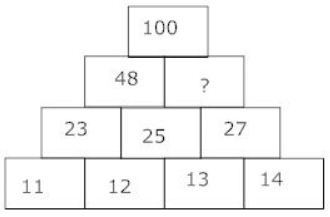 (a) 42
(a) 42
(b) 48
(c) 50
(d) 52
Ans: (d)
The given pyramid follows a pattern where each number is the sum of the two numbers directly below it.
- Bottom row: 11, 12, 13, 14
- Next row: 23 (11 + 12), 25 (12 + 13), 27 (13 + 14)
- Next row: 48 (23 + 25), ? (25 + 27)
- The missing term is 52 (25 + 27 = 52)
- Top row: 100 (48 + 52)
(viii) Which of the shapes is divided into two mirror halves by a dotted line?
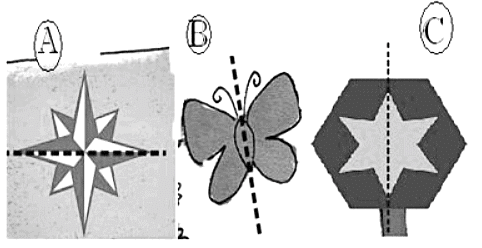 (a) A and B
(a) A and B
(b) All of these
(c) B and C
(d) B and C
Ans: (c)
- Shape A: A symmetric star, but the given dotted line may not create perfect mirror halves.
- Shape B: A butterfly, which has clear bilateral symmetry along the dotted line.
- Shape C: A hexagonal shape that appears symmetric along the given dotted line.
Since B and C are properly divided into two equal mirror halves by the dotted line, the correct answer is:
Answer: (c) B and C
|
33 videos|168 docs|30 tests
|
FAQs on Patterns and Symmetry - 2 Class 4 Worksheet Maths
| 1. What are patterns in mathematics and how are they identified? |  |
| 2. What is symmetry and how does it relate to patterns? |  |
| 3. How can I use patterns and symmetry in everyday life? |  |
| 4. What are some common types of patterns found in mathematics? |  |
| 5. How do I practice recognizing patterns and symmetry effectively? |  |





















